The grace and majesty of big cats like lions, tigers, leopards, and cheetahs are awe-inspiring to observe. While much attention is given to their powerful jaws and formidable hunting prowess, a lesser-known aspect of these magnificent creatures is the versatility of their paws. Far from being merely tools for capturing prey, the paws of big cats serve a plethora of roles essential for their survival and interaction with the environment. Let’s explore the fascinating world of big cat paws and uncover the myriad ways they use them beyond just hunting.
Adaptations for Silent Movement
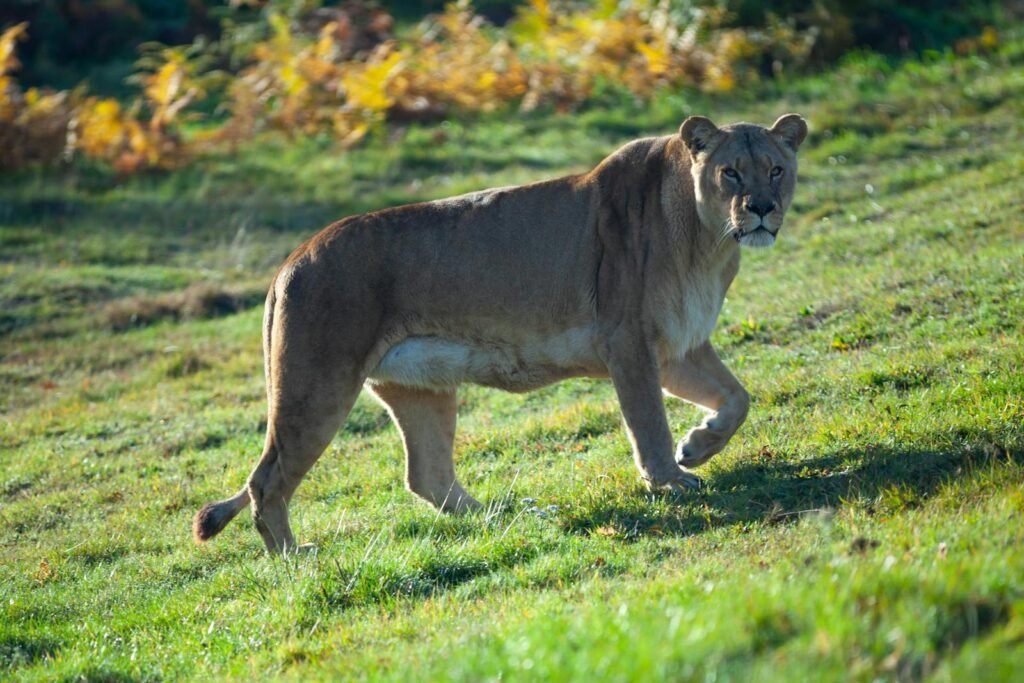
The stealth of a big cat as it moves through the wilderness is legendary. Much of this ability comes from their paw structure. Big cats have soft pads on the bottoms of their paws, which help to muffle the sounds of their movements, enabling them to approach prey silently. These padded paws work in tandem with retractable claws, which can be drawn in to prevent noise and damage when stalking prey.
Expert Climbers

Contrary to popular belief, several big cat species are adept climbers. Leopards are particularly known for their climbing prowess, using their strong, flexible paws to scale trees, sometimes dragging heavy prey up with them to keep it safe from scavengers. The claws of a big cat provide the grip and stability needed to navigate various terrains, whether rocky cliffs or dense forests.
Communication Through Touch

Beyond hunting, big cats use their paws to communicate with one another. Gentle pawing can be a form of social interaction, especially between mothers and their cubs or among siblings. This tactile interaction helps strengthen social bonds and can be an important part of their social structure.
Territory Marking
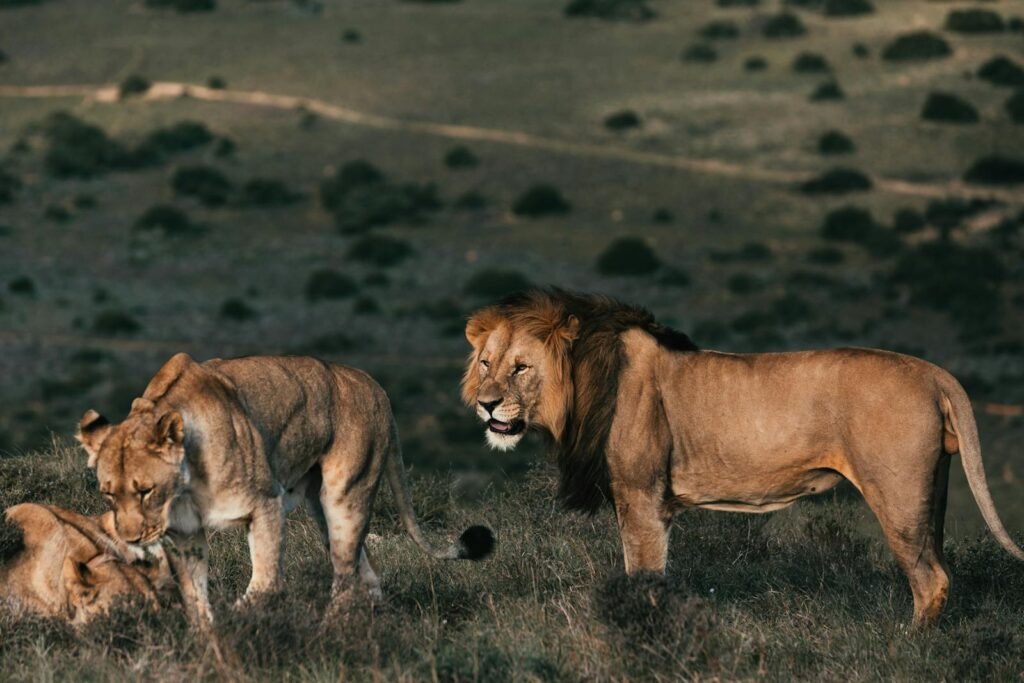
Territory marking is an essential behavior in big cats, ensuring they establish dominance and avoid conflicts with other predators. Big cats will use their paws to scratch trees and the ground, which not only leaves a visual mark but also secretes scent from glands located in their paws. This combination of visual and olfactory signals helps maintain territorial boundaries.
Grooming and Care
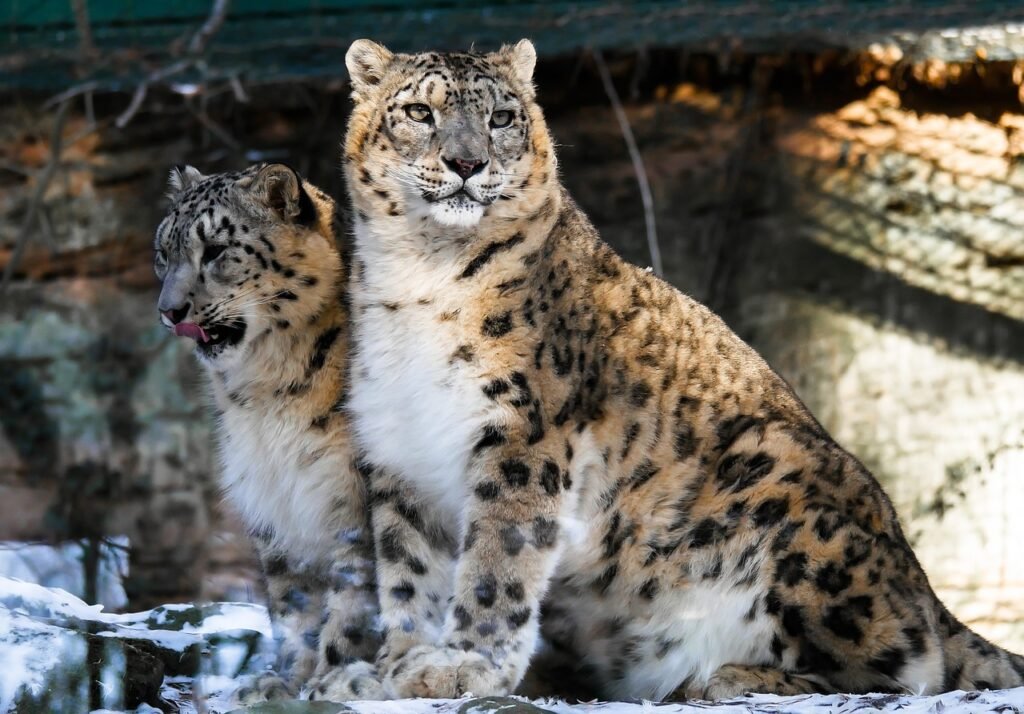
Much like domestic cats, big cats engage in regular grooming activities. They use their paws to clean themselves, removing parasites and dirt from their fur. Grooming with their paws also plays a role in temperature regulation and maintaining healthy skin and fur.
Play and Cognitive Development

The playful nature of big cats is not just for fun; it is crucial for their cognitive and physical development. Young cubs learn essential survival skills through play, using their paws to mimic hunting and fighting behaviors. This practice is vital for honing their skills before they face real-world challenges.
Adapting to Different Environments
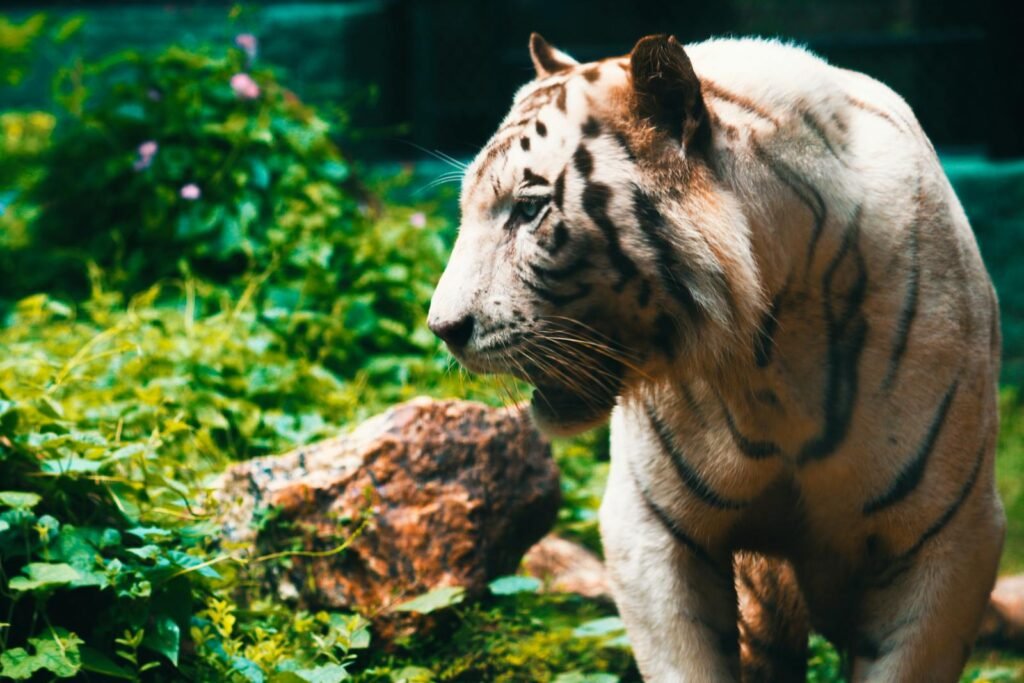
Big cats can be found in diverse environments around the world, from the dense rainforests to the open savannas. Their paws are uniquely adapted to suit these various habitats, providing the traction needed on different surfaces, whether in snow, sand, or dense undergrowth. This adaptability ensures their survival in a range of climates and terrains.
Handling and Eating Prey
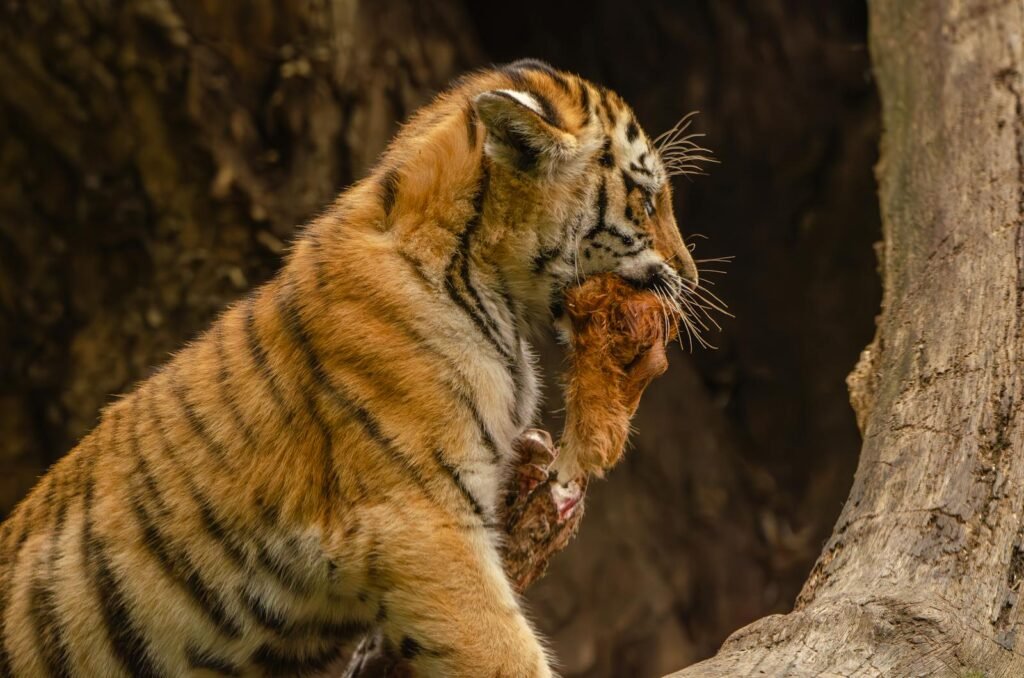
Once a kill is made, big cats use their paws to manipulate and hold onto their prey as they eat. This action is not only crucial to ensure they consume their food efficiently but also for learning, as cubs watch and mimic these behaviors to learn how to handle prey themselves as they grow.
Digging and Nest Building
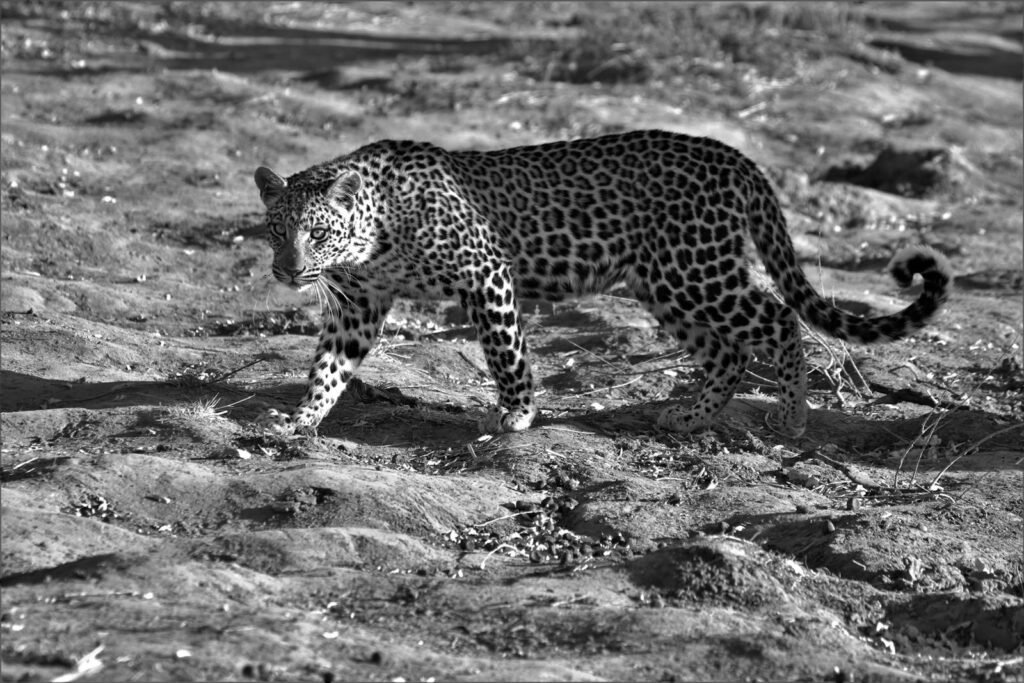
In addition to their other functions, big cat paws are adept at digging. This ability is particularly seen in species like the cheetah, which may dig to create a cooler spot to rest or to make a den for raising their young. The strength and dexterity of their paws make them well-equipped for such tasks.
Self-Defense Mechanisms
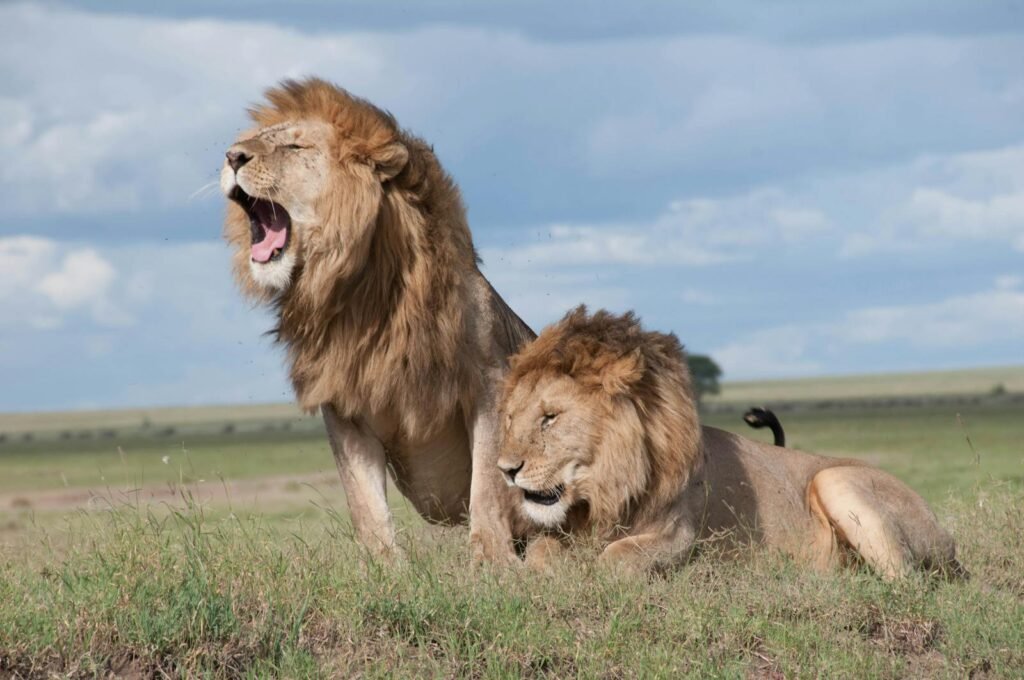
While big cats are formidable predators, they are not without threats. Using their powerful paws, big cats can defend themselves against other predators or when engaging in intraspecies conflicts. The sharp claws and muscular strength provide a significant advantage in defensive situations.
Tools for Exploration
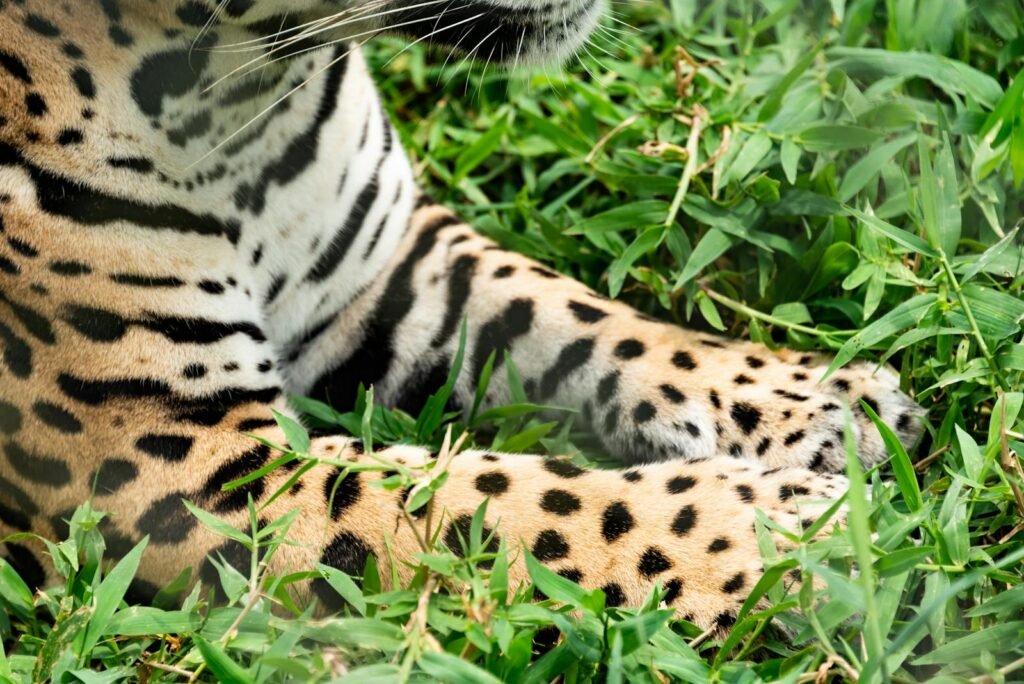
Big cats are innately curious creatures, and their paws play a critical role in exploring their surroundings. They use them to investigate new objects and terrains, ensuring they are aware of what is edible or dangerous. This exploratory behavior is crucial for survival, fostering a connection between the cat and its environment.
Adapting to Seasonal Changes
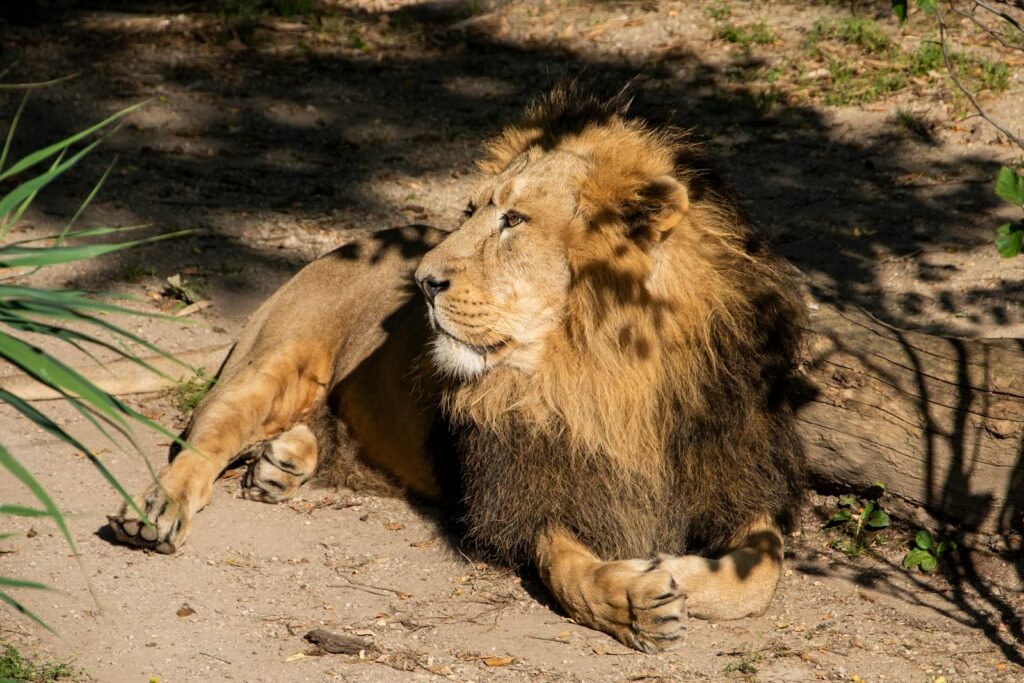
The paws of big cats also aid them in adapting to seasonal changes in their environment. During colder months, the fur around their paws may grow thicker, providing extra warmth and comfort, akin to natural “snowshoes” for navigating winter terrains.
Coordination and Balance
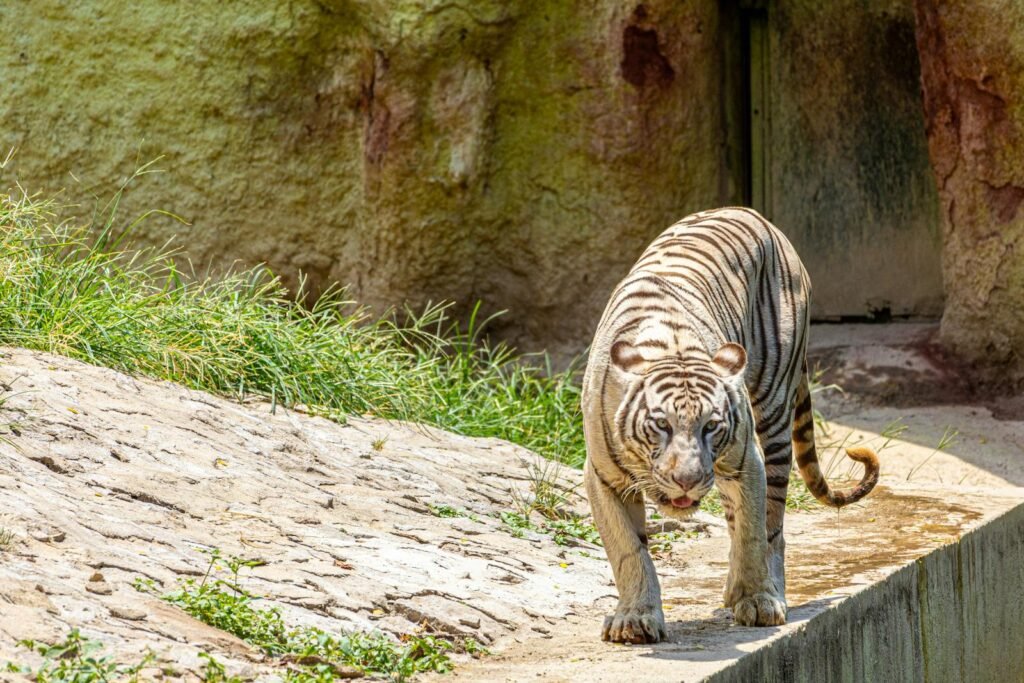
The anatomy of their paws, including the arrangement of their toes and claws, provides big cats with excellent balance and coordination. These attributes are especially significant during high-speed chases or leaping, where precision is vital for maintaining their position and momentum.
Hydration Assistance
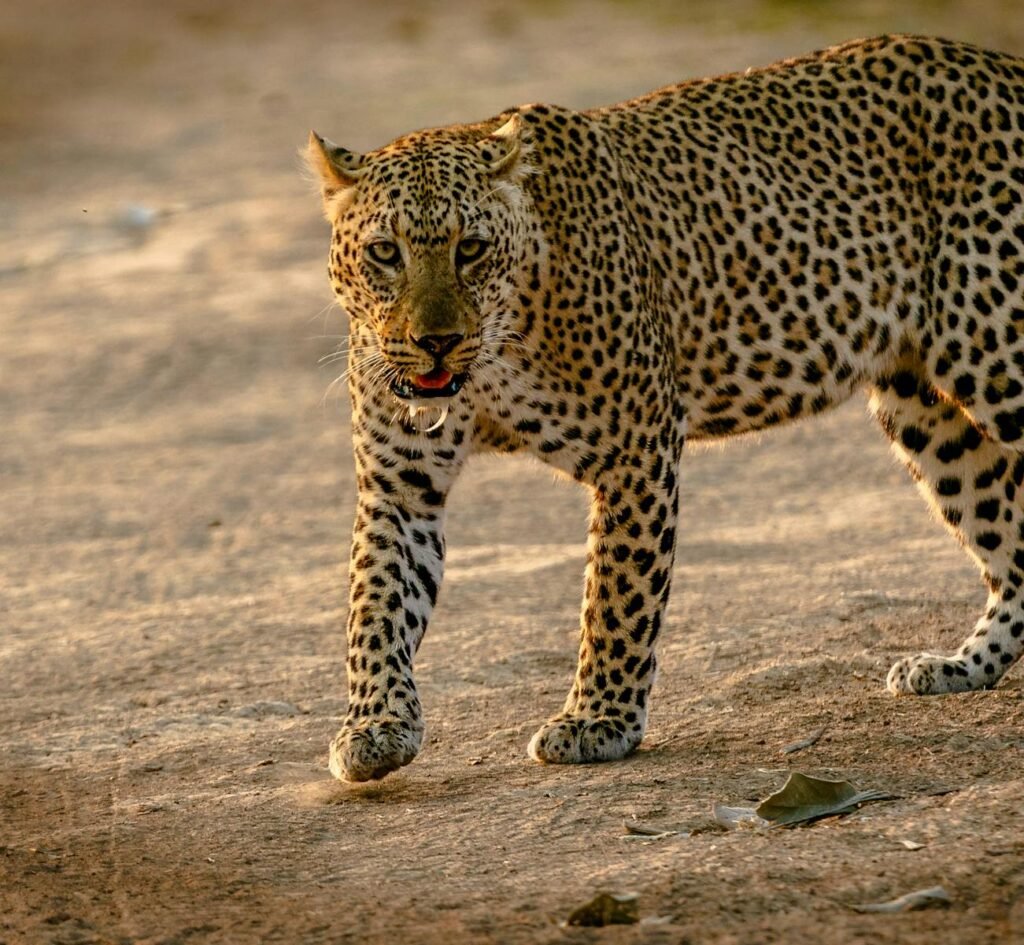
In certain instances, big cats have been observed using their paws to assist with hydration. They may scoop water to drink in situations where reaching a safe area to drink directly from the source is not feasible, showcasing yet another innovative use of their versatile paws.
Sensory Detection
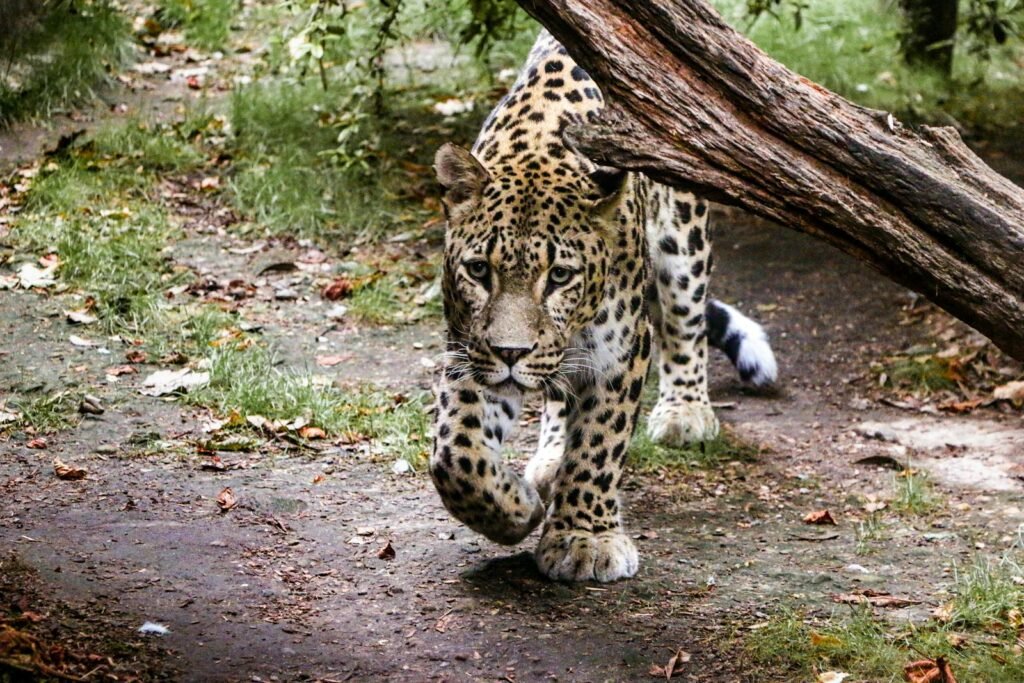
Within their paws, big cats have specialized nerve endings that provide vital sensory feedback about their environment. This biological advantage allows them to detect minute vibrations in the ground, aiding them in recognizing nearby prey or potential threats.
Empowerment in Co-Parenting
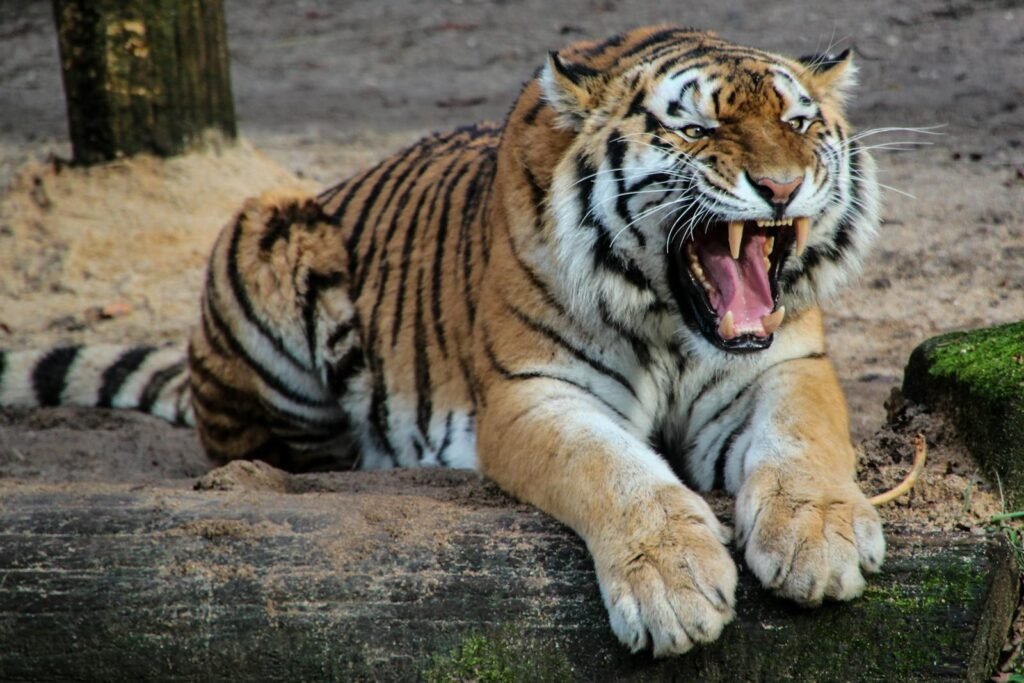
Both male and female big cats may use their paws to assist in the upbringing of their young. Fathers may play with cubs, offering both protection and informal training. These interactions provide essential social and survival skills to young cubs as they develop.
Environmental Camouflage
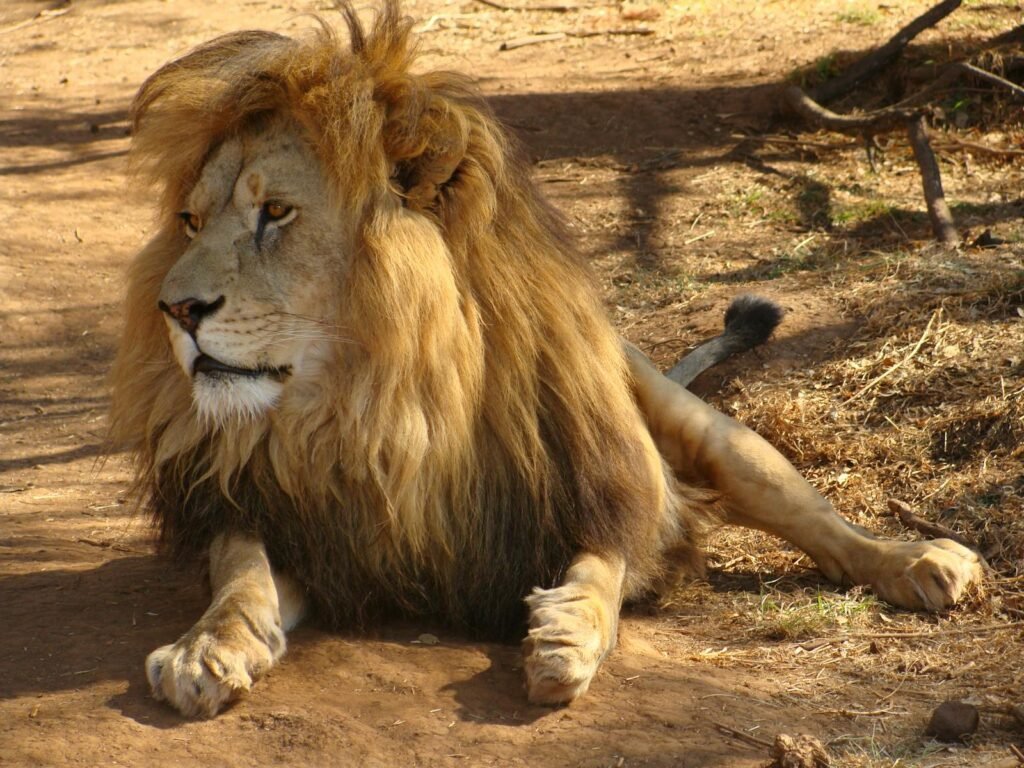
Lastly, the constant movement of their paws can disturb the immediate environment and reinforce their camouflage. By stepping on vegetation, they can manipulate their surroundings to create a more advantageous hiding spot or hunting ground, demonstrating their strategic use of the environment.
Conclusion
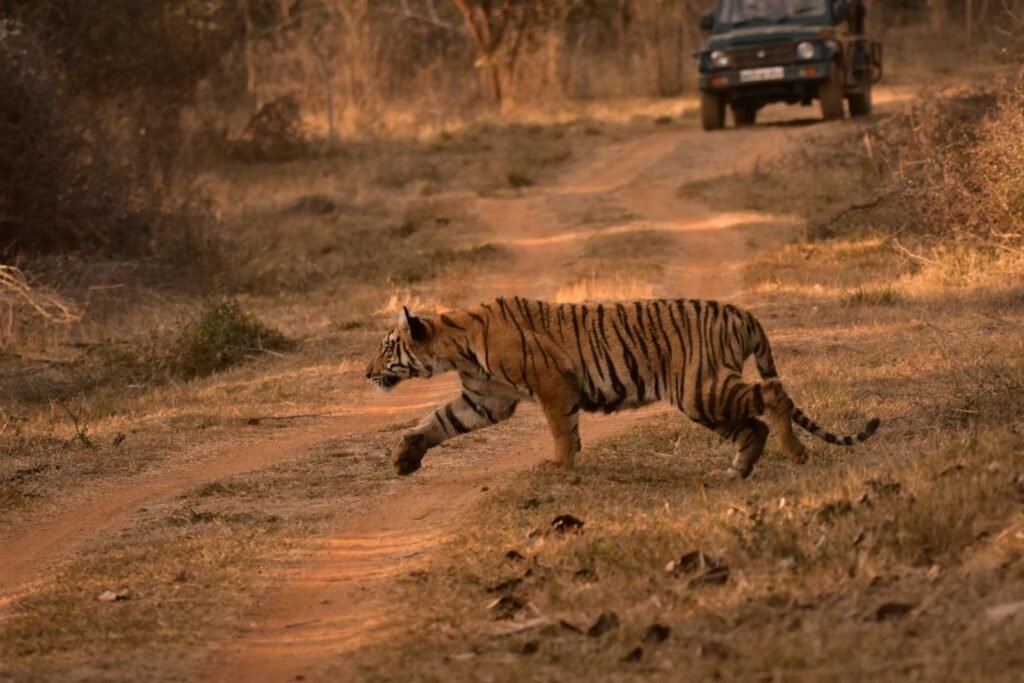
The paws of big cats are an embodiment of nature’s ingenuity, fulfilling roles far beyond the confines of predation. From fostering social bonds to enabling silent movement through diverse environments, the actions facilitated by their paws underline the incredible adaptability and intelligence of these majestic predators. By appreciating the unique capabilities of their paws, we gain a deeper understanding of how big cats thrive in the wild, showcasing their survival not just through strength, but through their nuanced interaction with the world around them.

Suhail Ahmed is a passionate digital professional and nature enthusiast with over 8 years of experience in content strategy, SEO, web development, and digital operations. Alongside his freelance journey, Suhail actively contributes to nature and wildlife platforms like Feline Fam, where he channels his curiosity for the Feline into engaging, educational storytelling.
With a strong background in managing digital ecosystems — from ecommerce stores and WordPress websites to social media and automation — Suhail merges technical precision with creative insight. His content reflects a rare balance: SEO-friendly yet deeply human, data-informed yet emotionally resonant.
Driven by a love for discovery and storytelling, Suhail believes in using digital platforms to amplify causes that matter — especially those protecting Earth’s biodiversity and inspiring sustainable living. Whether he’s managing online projects or crafting wildlife content, his goal remains the same: to inform, inspire, and leave a positive digital footprint.






